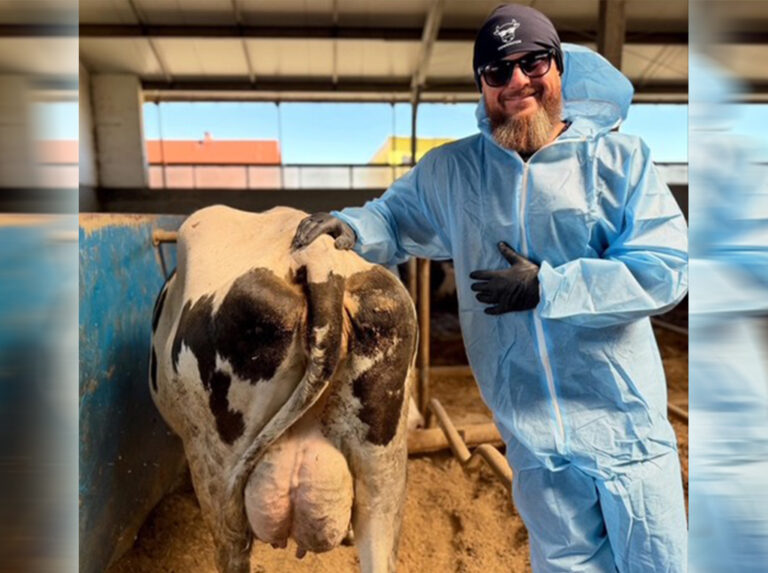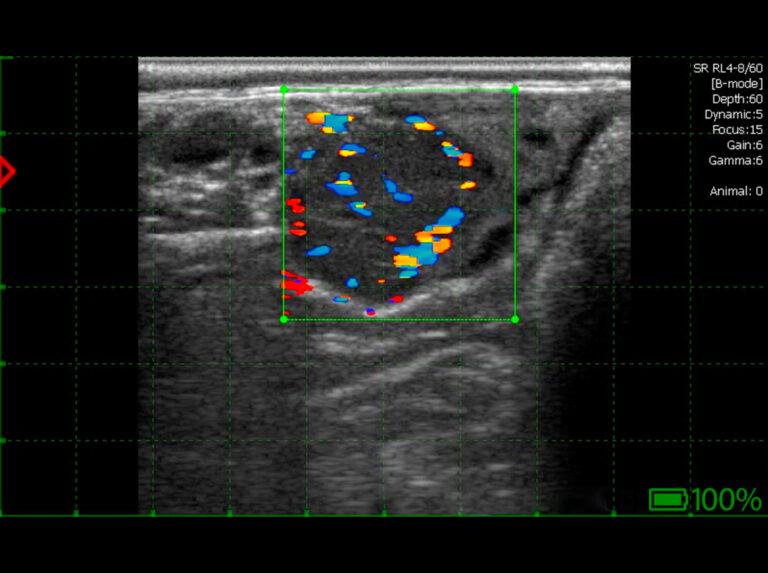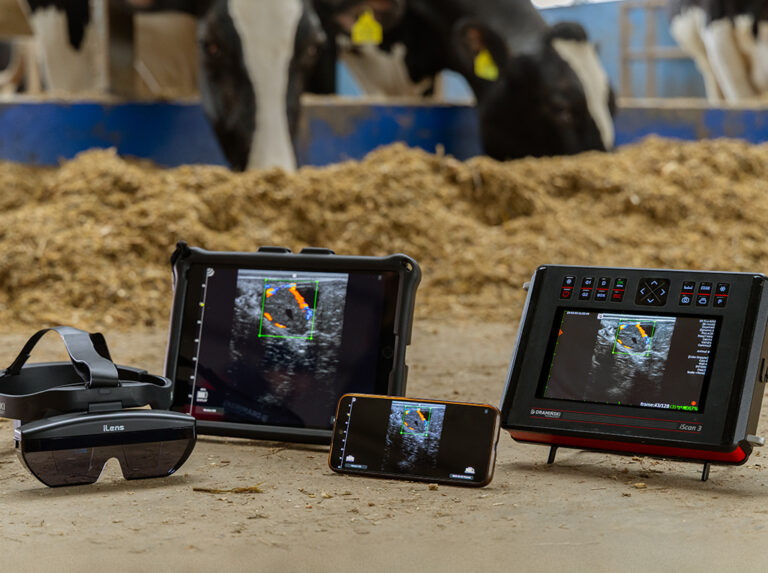Uterine Prolapse in Cows (Prolapsus Uteri)
Uterine prolapse is an acute clinical condition that typically occurs within 24 hours after calving and poses a direct threat to the cow’s life. It requires immediate and skilled veterinary intervention under field conditions. If left untreated or managed improperly, it can lead to severe complications or even death. Pathophysiology Uterine prolapse involves complete eversion […]
Read more
Mycotoxins in Grain – A Silent Threat to Dairy Cows’ Health and Feed Quality
Mycotoxins are toxic chemical compounds produced by mold fungi, mainly from the genera Fusarium, Aspergillus, and Penicillium. They most commonly appear in grains that have been exposed to moisture and heat—both during the growing season and during storage. In dairy cows especially, the presence of mycotoxins can lead to: • reduced appetite and decreased milk production, • digestive problems […]
Read more
Hay cut in June – focus on quality and safety
June is the perfect time for the hay cut. Longer days and warmer temperatures create ideal conditions for fast drying, helping farmers harvest nutritious, high-quality forage. But good hay isn’t just about nutrition – safe storage is just as important. Monitoring moisture and temperature levels can make all the difference. When’s the right time to […]
Read more
Mastitis in Dairy Cows – How to Spot, Treat, and Prevent Udder Inflammation
Mastitis, or udder inflammation, is one of the most common and costly health issues in dairy farming. It particularly affects high-yielding cows and can lead to serious financial and health-related losses. In this article, we’ll take a closer look at what mastitis is, how to recognize it, treat it effectively, and most importantly – how […]
Read more
Foot-and-Mouth Disease – A Serious Threat to Livestock
Foot-and-mouth disease (Aphthae epizooticae) is a highly contagious viral illness that affects cloven-hoofed animals such as cattle, pigs, sheep, and goats. Caused by a virus from the Picornaviridae family, the disease poses a major threat to animal health and has severe economic and epidemiological consequences. Outbreaks require immediate isolation of infected animals and the enforcement of strict […]
Read more
Doppler in Dairy Cattle Reproduction
For some time now, ultrasound machines equipped with Doppler functionality have been increasingly used in cattle reproduction. The examination technique itself does not differ from classical rectal ultrasonography—the key difference lies in the presence of Doppler, which enables assessment of blood flow in blood vessels. This gives veterinarians an additional tool to optimize reproduction in […]
Read more
Doppler in dairy cattle reproduction – is it worth it?
Doppler ultrasonography is becoming an increasingly common tool in field practice for veterinarians working in cattle reproduction. While the examination technique resembles classical rectal ultrasound, the key difference lies in its ability to assess blood flow in blood vessels. This single function opens up entirely new diagnostic possibilities and allows for more informed reproductive management […]
Read more
Ovarian Cysts, Follicular Cysts, and Luteal Cysts
Ovarian cysts are pathological ovarian follicles that have not undergone ovulation, typically measuring between 25 mm and 50–60 mm in diameter. It is important to note that postpartum “cysts” occurring within 40 days after calving are considered physiological and not pathological. Only after this period, if the cysts persist, can they be identified as a […]
Read more
Ovarian acyclicity and dysfunction
Ovarian acyclicity is one of the most common reproductive disorders in dairy cows, which consists in complete or partial inhibition of the ovarian activity, including the processes of follicle formation and growth, which are necessary for normal insemination. In high-performance herds, acyclicity should be a sporadic problem. When the number of the affected cows is […]
Read more










